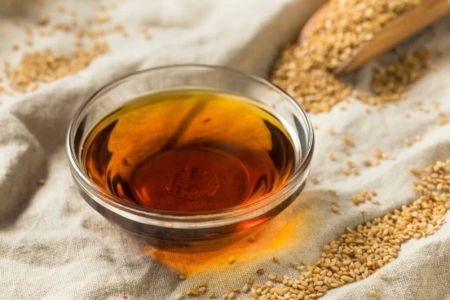What Can I Order from a Chinese Restaurant on Keto?
As someone who's been following a keto diet for a while, I know how challenging it can be to eat out, especially when you're craving comfort food like Chinese. The savory dishes, the fried rice, and the delicious sauces all sound tempting, but they can be full of carbs. However, I've discovered that you can still enjoy a satisfying Chinese meal without breaking your keto diet. In this article, I'll share some tips and the best keto-friendly Chinese food options I've found that will help you stick to your low-carb lifestyle while still indulging in delicious flavors.
1. The Challenges of Eating Keto at a Chinese Restaurant
Before diving into the best options, let's talk about the challenges. Traditional Chinese dishes often feature ingredients that are packed with carbs. Rice, noodles, and sauces thickened with cornstarch can quickly add up and kick you out of ketosis. But don't worry—by making some informed choices, you can easily navigate the menu and find tasty keto options without compromising on flavor.
1.1 Avoiding Carbs in Common Chinese Dishes
Many of the staples at Chinese restaurants are carb-heavy. For example, dishes like fried rice, chow mein, and sweet and sour chicken are off-limits on a keto diet. Fried rice is usually made with white rice, which is high in carbs, while chow mein is made with noodles. Sweet and sour chicken is typically battered and fried, making it a double threat to your carb count. But don't let this discourage you—there are plenty of low-carb options to choose from!
2. Keto-Friendly Protein-Based Dishes
The good news is that Chinese cuisine offers a wide variety of protein-rich dishes that can fit perfectly into your keto diet. The key is to focus on meats, fish, and tofu, while avoiding breading and sugary sauces. Here are some options I've enjoyed during my keto journey:
2.1 Grilled or Steamed Fish
One of my go-to options at Chinese restaurants is grilled or steamed fish. Fish like salmon, trout, or tilapia are not only delicious but also rich in healthy fats, making them a great keto-friendly choice. Many Chinese restaurants offer a variety of fish dishes that are steamed with garlic, ginger, and soy sauce, which are flavorful and low in carbs. Just be sure to ask for no sugar or cornstarch in the sauces.
2.2 Stir-Fried Chicken, Beef, or Pork
If you're craving some meat, stir-fried chicken, beef, or pork can be a great option. These dishes are typically stir-fried with vegetables like broccoli, spinach, or bell peppers. I always ask for the stir-fry to be made without the sugary sauce and sometimes request that it's cooked in olive oil or coconut oil for an extra boost of healthy fats. The key is to avoid anything that comes with a heavy sauce or batter.
2.3 Tofu Stir-Fry
If you're vegetarian or simply looking for a plant-based option, tofu stir-fry is an excellent choice. Tofu is high in protein and low in carbs, making it a great keto-friendly food. I love ordering tofu stir-fried with mushrooms, spinach, or bok choy. Just like with the meat options, ask for it to be cooked without any sweet sauces.
3. Low-Carb Vegetables to Look for on the Menu
Chinese cuisine is full of delicious vegetables that fit perfectly into a keto diet. By focusing on non-starchy vegetables, you can create a satisfying and nutritious meal. Here are some great options to consider:
3.1 Broccoli
Broccoli is one of my favorite vegetables to order at a Chinese restaurant. It’s low in carbs and packed with fiber and nutrients. It’s often stir-fried with garlic or served in a savory sauce, making it a flavorful choice that pairs well with your protein dish.
3.2 Bok Choy and Spinach
Bok choy and spinach are also great low-carb vegetable options. Both are common in Chinese dishes, and they’re perfect for a keto meal. Bok choy is mildly sweet, while spinach is rich in iron and other essential nutrients. Both pair well with stir-fried meats or tofu.
3.3 Mushrooms
Mushrooms are another vegetable that fits perfectly into a keto diet. They are low in carbs and add a hearty texture to any dish. Many Chinese dishes use mushrooms, and they go great with tofu, chicken, or beef. They also have a savory umami flavor that pairs well with the other ingredients in the dish.
4. Best Sauces for Keto
The right sauce can make or break your meal, but many Chinese sauces are packed with sugar and cornstarch. When ordering, always ask for sauces to be served on the side or request a lighter version. Here are some sauces that I’ve found work well with keto:
4.1 Soy Sauce
Soy sauce is a great option because it’s low in carbs. Just be cautious about how much you use, as it can be quite salty. You can ask for reduced-sodium soy sauce if you’re watching your salt intake.
4.2 Garlic and Ginger Sauce
A simple garlic and ginger sauce can be a fantastic way to add flavor without the carbs. Many Chinese restaurants make this sauce with minimal sugar and cornstarch, making it a safer option for your keto diet.
5. What to Avoid When Ordering Keto at a Chinese Restaurant
While there are many great keto-friendly options at Chinese restaurants, there are also some things you should definitely avoid. Here’s a quick list of things to steer clear of:
5.1 Fried Rice
Fried rice is a classic Chinese dish, but it’s high in carbs due to the rice. Even though it's tempting, it’s best to avoid it while on keto. Opt for a vegetable stir-fry or steamed vegetables instead.
5.2 Sweet and Sour Dishes
Sweet and sour dishes are often loaded with sugar, making them a poor choice for keto. The breaded meats and sugary sauce will quickly send your carb count soaring. Stick to stir-fries with light sauces instead.
5.3 Noodles
Noodles are another carb-heavy item on the menu that should be avoided. Opt for a vegetable-based dish or a protein option instead, and ask for extra vegetables to make up for the missing noodles.


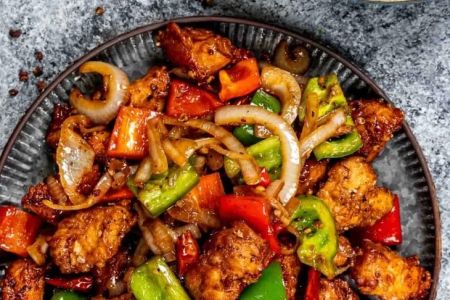
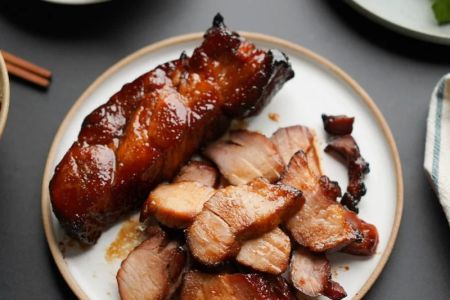
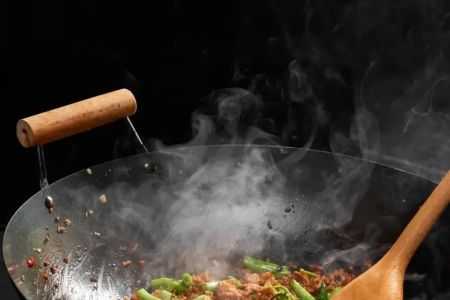
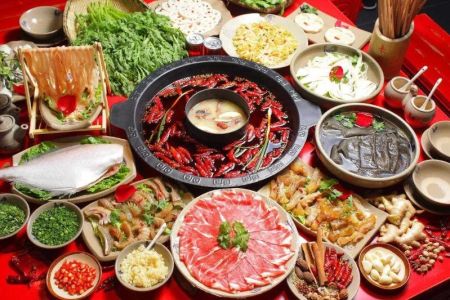
![Top Chinese Restaurants for Authentic Cantonese Cuisine in [Your City]](https://img.gochinarose.com/d33/2507/4157910400_450x300.webp)
